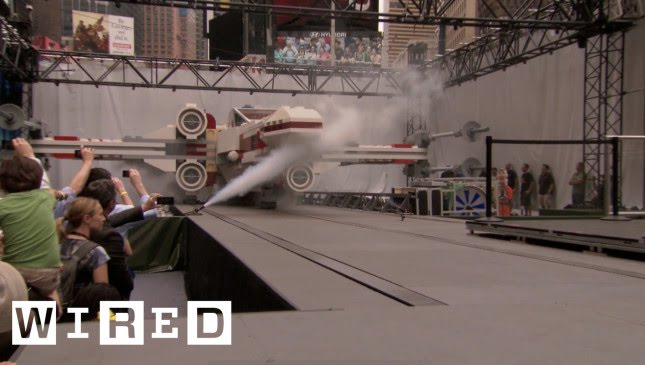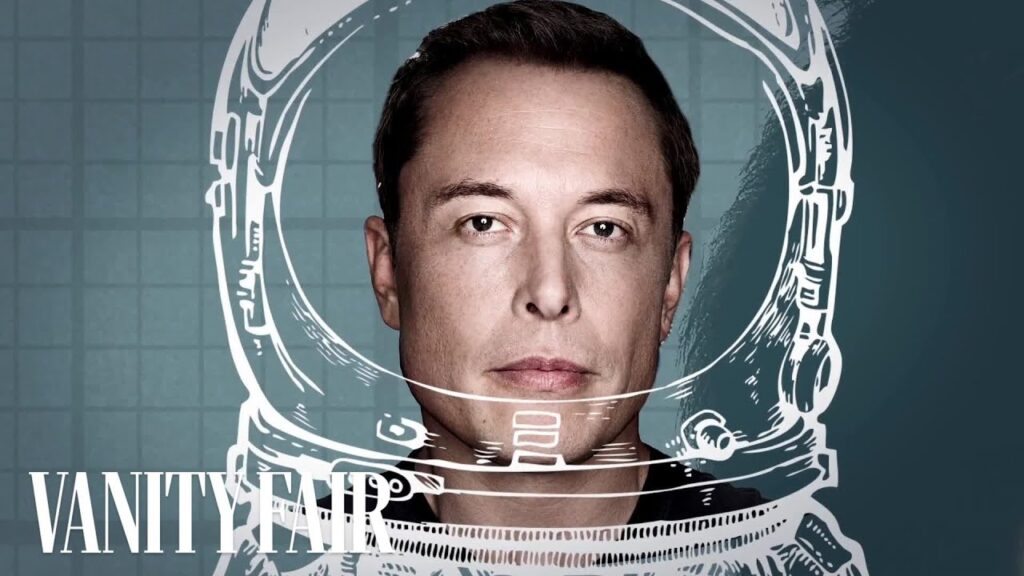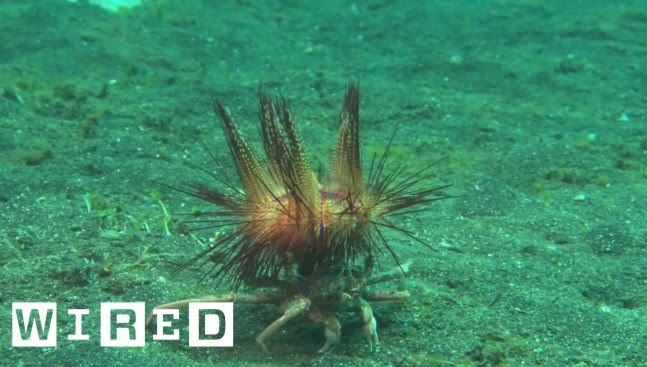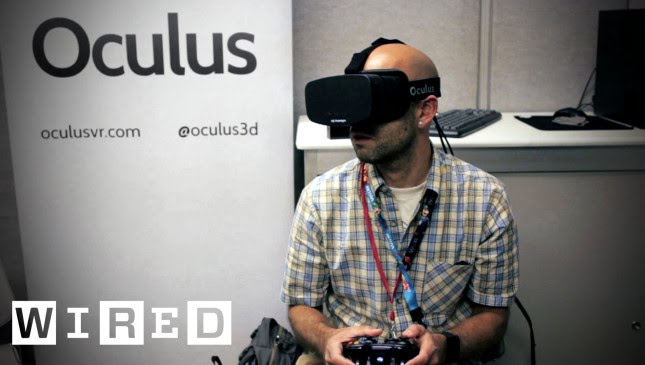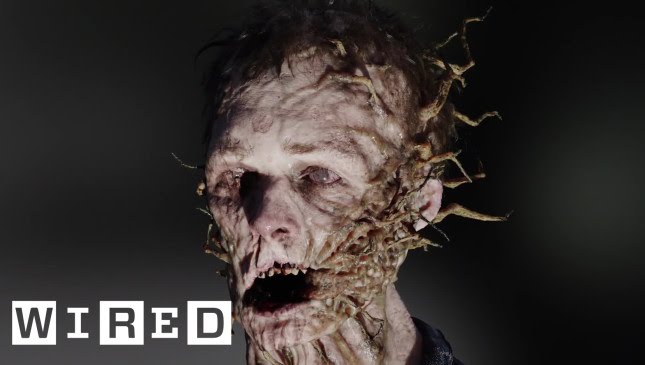Brilliant Visual Effects in Ghost in the Shell by MPC
Summary
In this article, we will explore the visual effects in the film Ghost in the Shell created by MPC. The article will cover the use of computer graphics and practical animatronics from Weta Workshop, the production design, the creation of Major’s special body suit, the futuristic city and holographic signages, and the software developed by MPC’s R&D team.
Table of Contents
- The Shelling Sequence
- Production Design
- Major’s Body Suit
- Futuristic City and Holographic Signages
- Software Development
The Shelling Sequence
The film opens with the shelling sequence, which pays homage to the 1995 anime opening, showing the creation of a cyborg, later revealed to be Major. MPC used a blend of computer graphics and practical animatronics from Weta Workshop to create this sequence. Although MPC referenced the live action, the majority of the shots ended up being digital, allowing for more backlighting, scattering, and complex camera movement.
Production Design
The production design in this film is remarkable. From the evil spider tank to the assassin geisha bot, there’s a host of characters and complex visual effects work. The production VFX supervisors, Guillaume Rochon and John Dykstr, worked closely with MPC’s team to match the production design and incorporate all of the digital versions of Weta Workshop’s props where needed.
Major’s Body Suit
Major has a special body suit that allows for invisibility, but it required a glimmering effect even when it’s not transparent. MPC had to roto the suit and remove wires and rig in many shots. Therefore, it was decided that Scarlett Johansson’s suit that she wears would actually be fully digitally replaced throughout the film. In fact, apart from two shots, every time you see the white suit, it’s entirely digital. Replacing the suit was particularly complex in the water fight sequence, where Major’s suit and the invisibility effect are shown.
Futuristic City and Holographic Signages
Ghost in the Shell was shot in the streets of New Zealand, but the team not only had to do set extensions but also populate the world with futuristic signages. Both these signs and the other holograms that are in the film were created using a large number of cameras in one of two different special camera arrays. For the deep dive sequence, the team used 150 digital still cameras, but for the solid holograms or solograms, they used 80 2D computer vision cameras recording moving footage.
The idea of photogrammetry solved having to model, texture, and animate all of these characters, but the approach basically used photogrammetry on each frame, so in total, there were some 32,000 3D scans. The voxel grid that we actually see on screen was lower resolution in the poorer neighbourhood, making the signs seem older and much higher resolution in the wealthier parts of town.
Software Development
MPC’s R&D team developed completely new software that allowed them to reconstruct, process, manipulate, and deal with this huge amount of volumetric data and place it into these shots. The software created a Lego-style 3D model that the team can now relight and also cast bounce light onto. If you look carefully, some of the solograms light up buildings near them, but some of them are also lit by street lights, cars, and other signages.
Conclusion
In conclusion, MPC’s visual effects in Ghost in the Shell are remarkable. The blend of computer graphics and practical animatronics from Weta Workshop, the production design, the creation of Major’s special body suit, the futuristic city and holographic signages, and the software developed by MPC’s R&D team make this film a visual masterpiece.


